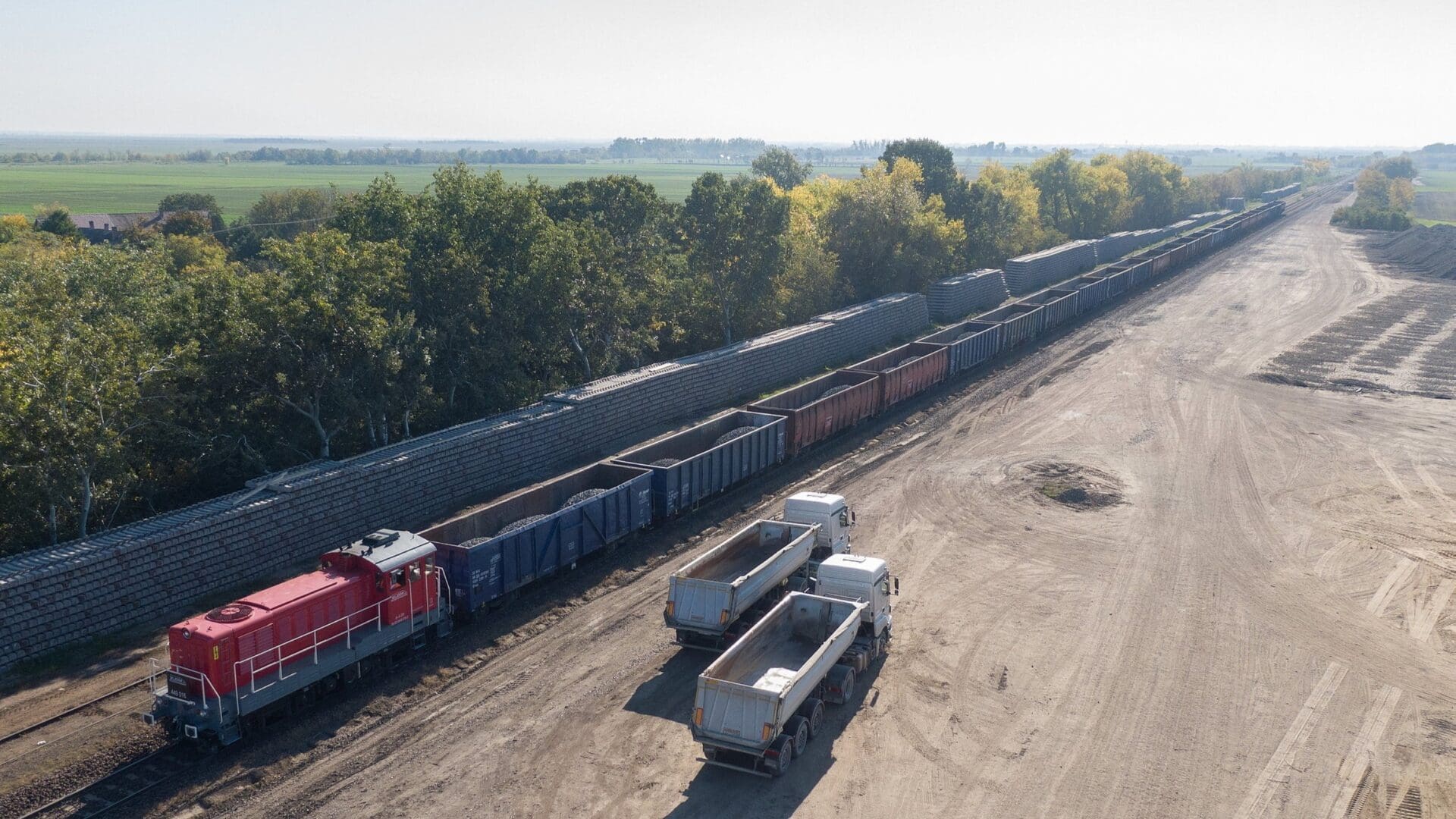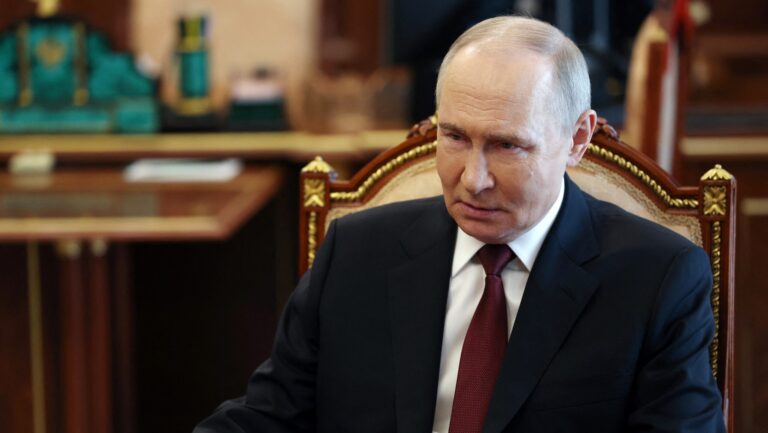As opposed to rumours about possible delays, it has now been revealed that if all goes well, the construction of the Hungarian section of the Budapest–Belgrade railway, along with the complete refurbishment of the 150 line, will soon come to an end. All this would mean that the distance between the Serbian and Hungarian capitals could be covered in 2 hours and 40 minutes.
Another, earlier-than-ever date has emerged regarding the completion of the Hungarian section of the Budapest–Belgrade railway line. As before, the source of the fresh date is once again the Serbian President. Aleksandar Vučić gave an interview to the Chinese Global Television Network (CGTN) at the end of February. In this interview, Serbia’s leader revealed specifics about the implementation of the Budapest–Belgrade railway line (He discusses the issue from 9:30 in the video below).
Exclusive with Serbian President Aleksandar Vučić
For more: https://www.cgtn.com/video His country suffered a wave of bombings 25 years ago and learned the hard way to preserve its sovereignty. And over the past decades, it has formed an ironclad and enduring bond with China. In this edition of Leaders Talk, CMG’s Wang Guan sits down with Serbian President Aleksandar Vučić in Belgrade to take stock of the China-Serbia ties.
Aleksandar Vučić first spoke about China being a close friend of Serbia, and how the Chinese and Serbian people have always maintained good relations. He highlighted the free trade agreement signed last October, which, in his view, opens up a huge market for Serbian agricultural products—especially Serbian wine—while also allowing for the import of Chinese products at lower prices.
Later, he also mentioned that Serbia’s three largest export partners are all Chinese companies, and that Chinese companies also play a prominent role in infrastructure development. He then turned to the Budapest–Belgrade railway line. He confirmed that Serbia will complete the construction of the over 180-kilometre Belgrade-Szabadka (Subotica) railway line by the end of 2024, and then stated: ‘We hope that our Hungarian friends will finish on the Hungarian side by the end of 2025 or by February–March 2026, so that they can connect Belgrade with Budapest and Vienna.’
The mentioned date is significant because until now, it was known to be half a year later. Last October, the Serbian President suggested that the Hungarian section of the Budapest–Belgrade line might be completed by the summer of 2026 at the latest. This indicates that progress has been made at such a pace over the past half year that the handover by the end of 2025 is no longer ruled out.
The end of construction was originally projected for 2025, but from time to time, domestic press reports have questioned the feasibility of completion by that deadline. The cornerstone of the reconstruction was laid in October 2021. The project is valued at approximately 1.7 billion euros, with 85 per cent of the investment being financed with a fixed-interest Chinese loan, while the remaining 15 per cent being provided by the Hungarian state as own funds with self-provided financing.
Read more on the subject:
Sources: Hungarian Conservative/CGTN








